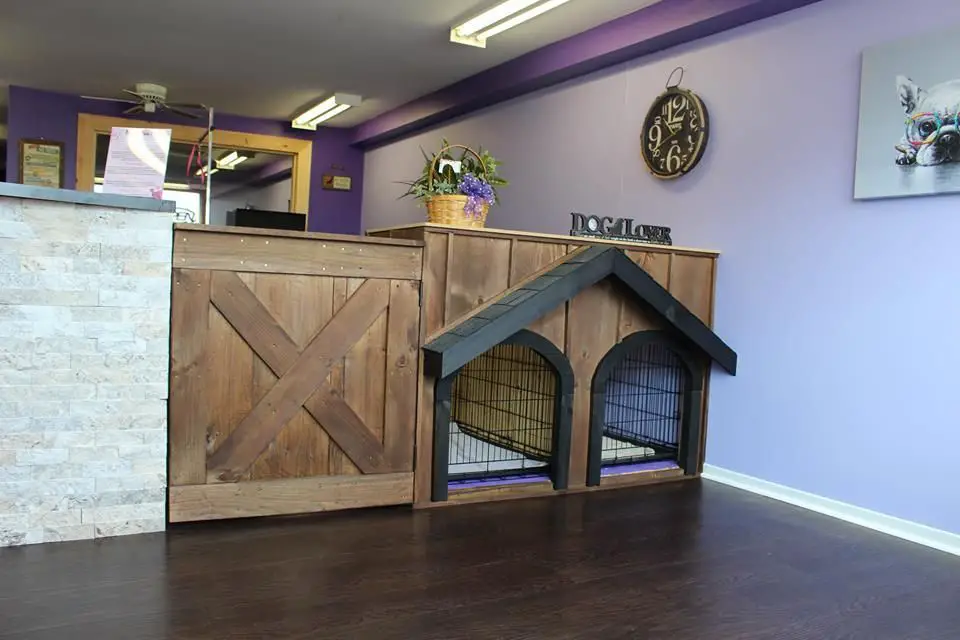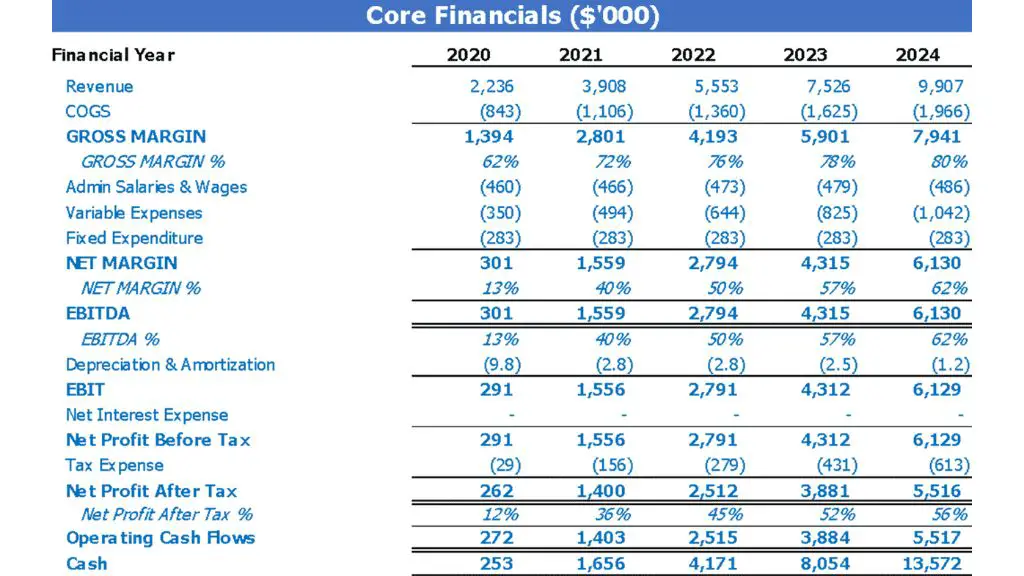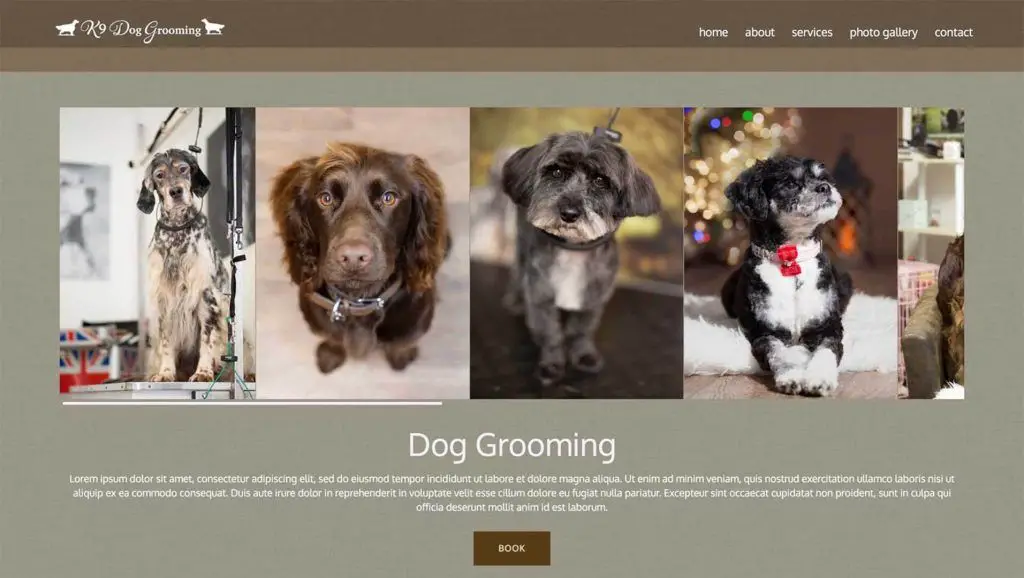Introduction
Evaluating the worth of a dog grooming business is an important process when looking to buy, sell, or assess the current value of your company. Determining an accurate valuation enables owners to maximize their investment when selling or use it to secure financing. For potential buyers, properly valuing a grooming business provides confidence that the asking price aligns with fundamentals.
There are several key factors to consider when assessing the value of a dog grooming operation. This includes reviewing financial metrics like revenue, profits, and growth trends. The value of assets and equipment also contributes, along with intangible assets like brand reputation, customer loyalty, and staff talent. The facility, location, and competitive landscape also impact valuations. By weighing all these elements, buyers and sellers can reach an informed negotiation on deal price and terms.
This guide will provide an overview of the most important aspects to analyze when determining the fair market value of a dog grooming business. Understanding how to accurately assess worth establishes a foundation for a smooth ownership transfer process.
Industry Overview

The dog grooming industry has seen steady growth in recent years. As of 2022, there are an estimated 25,000 dog grooming businesses in the United States, generating over $7 billion in revenue annually. The industry grew at an average rate of 3-5% from 2017 to 2022.
This growth has largely been fueled by the increasing pet ownership in the U.S., especially among Millennial pet owners. According to the 2021-2022 APPA National Pet Owners Survey, 70% of U.S. households own a pet, equating to 90.5 million homes. The survey also found that Generation Y/Millennials are now the largest pet-owning generation at 32%.
The competitive landscape consists mainly of small, independently owned salons and mobile grooming services. The industry is highly fragmented, with the top 50 companies estimated to account for only 25% of the market. Success often depends on reputation and customer service at the local level. Larger multi-location chains and franchises do exist but have a relatively small market share compared to independent shops.
Overall, the industry outlook remains positive due to the high degree of recurring revenue and the steady growth in pet ownership. However, competition is increasing as more entrepreneurs try to capitalize on the favorable trends. Standing out with strong branding, customer loyalty and quality grooming services will be key.
Financial Performance

The financial performance of a dog grooming business plays a significant role in its valuation. To get an accurate picture, you will need to review past financial statements going back 2-3 years. Key factors to analyze include:
Profit Margins – Profit margins indicate how much net income the business generates per dollar of revenue. Look at both gross and net profit margins over time. Higher and stable margins suggest a well-run, profitable operation.
Revenue Growth – The annual growth rate for revenue over multiple years provides insight into customer demand and market conditions. Rapid growth may justify a higher valuation multiple.
Costs – Analyze costs of goods sold, labor, rent, supplies, etc. Rising costs that outpace revenue growth will erode profitability over time.
Together, these financial metrics allow you to evaluate the past earning power, profitability, and growth trends for the dog grooming business. This informs valuation by determining sustainable cash flows the business can produce going forward.
Assets & Equipment

A dog grooming business relies heavily on its assets and equipment to operate efficiently. When valuing a dog grooming company, assess the current worth of all physical assets by considering:
- Grooming tables
- Clippers
- Dryers
- Shampooers
- Tubs
- Scissors
- Towels and supplies
- Office equipment
- Shelving and storage
- Vehicles
Evaluate the condition, age and maintenance records of equipment and assets. Well-maintained items in good working order hold higher value than outdated or faulty equipment needing frequent repairs.
Determine current fair market value by researching prices for comparable used items. Factor in depreciation based on age and wear. Replacement value of necessary assets should align with the needs and capacity of the business.
Leased equipment rented on an ongoing basis can impact company valuation. The terms and monthly costs of leased assets should be reviewed during due diligence.
A dog grooming business with modern, high-quality equipment in excellent shape signals an operation investing back into the company to support quality services.
Location & Facilities
The attractiveness of a grooming business’ location plays a major role in its valuation. Desirable locations in high foot traffic areas or central to a wealthy client base make the business more valuable. A prime spot in an upscale shopping center or downtown retail district will boost value versus a less visible location. Facilities should be modern, attractive and designed specifically for pet grooming rather than adapted from another use. Clean, spacious and orderly facilities with adequate plumbing, electricity, ventilation and pet amenities appeal to customers and enable efficient operations. The condition and layout of facilities impact productivity and capacity for growth. Owning rather than renting facilities removes risk of unpredictable rent hikes or rental non-renewal, providing more stability and control for the owner to customize facilities. Overall, facilities that are conveniently located, purpose-built, and owned outright add significantly to a grooming business’ worth.
Employees
One of the most important assets of a dog grooming business is the quality of the staff. The skills, experience, and work ethic of the groomers, receptionists, and other employees can significantly impact the success and value of the business.
When assessing the value of a dog grooming business, it’s important to look at staff turnover rates. High turnover indicates dissatisfaction and instability, whereas low turnover suggests the business has been able to retain talented and experienced employees. This is a positive sign for valuation.
The training procedures and programs provided to employees also matter. Extensive, ongoing training shows an investment in developing skilled staff and maintaining high quality grooming services. Lack of training can lead to inconsistent work and frustrated customers.
Buyers considering purchasing a dog grooming business will want to meet and evaluate the staff. Well-trained, personable, and hardworking employees who enjoy their jobs are extremely valuable. The quality and capabilities of the staff should factor significantly into the valuation and purchase decision.
Customer Base
A dog grooming business’s customer base is a major component of its overall value. The number of customers, loyalty levels, and retention rates provide insight into the strength and stability of the revenue stream.
The total number of active customers is important. A larger customer base means more potential revenue. However, it’s not just about quantity – the quality of customers matters too.
Loyal, repeat customers are extremely valuable. If most customers routinely return for services, it demonstrates satisfaction and strong retention. Calculate the percentage of revenue from existing versus new customers over time to quantify loyalty.
Analyze historical retention rates across customer segments. A dog grooming business with 80% or higher retention has happy, engaged customers. Low churn indicates customers enjoy the services and brand experience.
A sizable, loyal customer base spells success. These customers serve as a reliable source of sales and referrals. They are less sensitive to price changes too. Ultimately, quality customers boost the business’s worth and sale value.
Online Presence
A dog grooming business’s online presence can significantly impact its valuation. Website traffic relates to the number of visitors and volume of business a website generates. A highly-trafficked website indicates greater visibility and potential revenue. Review sites like Yelp provide visibility into customer satisfaction through ratings and reviews. Positive online reviews suggest happy customers and good word-of-mouth, while negative reviews can deter potential customers. Finally, a large social media following on platforms like Facebook and Instagram represents an engaged audience to market to and demonstrates brand awareness.
When valuing a dog grooming business, assess its website analytics to determine monthly/annual visits. Examine online reviews across various sites to gauge customer sentiment. Evaluate social media follower counts on all active platforms. The strength of its online presence can directly influence the business’s worth in the eyes of potential buyers.
Branding & Reputation
A dog grooming business’s brand and reputation play a key role in its valuation. Brand recognition and positive perception among customers in the local area take time to build. A well-established business with many years in operation likely has higher visibility and trust compared to a newer groomer. Longevity and consistent quality service lead to strong word-of-mouth marketing and customer retention.

The reach of marketing efforts also impacts brand awareness. A groomer with a robust online presence, positive online reviews, advertising, and community engagement builds wider visibility. This leads to more new customer acquisition. A strong brand lifts the business above competitors and makes the operation more valuable as an acquisition target or for selling to a new owner.
Buyers will assess brand assets like logo, website, social media, and customer data. Factors like years in business, marketing strategies, and community reputation shape the brand value. Overall, a distinguished brand and high community visibility give a grooming business higher worth compared to an unknown operation without brand recognition.
Valuation Methods
There are several approaches commonly used to value a dog grooming business:
Multiple of Profits
This method values the business based on a multiple of its profits or earnings. The valuation is calculated by taking the company’s earnings before interest, taxes, depreciation and amortization (EBITDA) and multiplying it by a factor or multiple. Common multiples range from 2 to 6 times EBITDA for service businesses like dog grooming. This approach is useful for profitable and stable businesses.
Multiple of Sales
This values the business based on a multiple of its annual sales or gross revenues. Again, a multiple or factor is applied to the company’s annual sales figure to derive the valuation. Typical sales multiples fall between 0.5 to 2 times annual sales for personal service businesses. This method works well for businesses with steady recurring revenues.
Discounted Cash Flows
The DCF model values the business based on the expected future cash flow streams it will generate. The projected cash flows are discounted back to the present using a discount rate based on the business’ risk level. The discounted cash flows are totaled to determine the net present value, which represents what the business is worth today. Though more complex, DCF valuations reflect the specific economics and expected performance of the business.